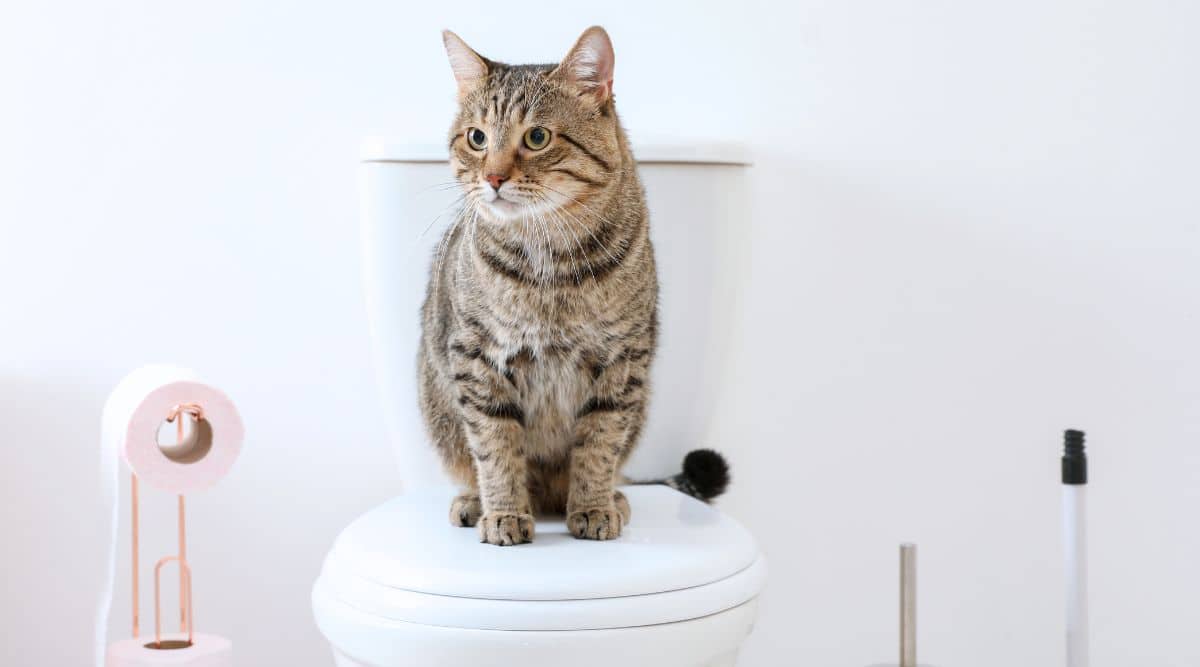The content below relating to How to Dispose of Cat Poop and Litter Without Plastic Bags is amazingly attention-grabbing. You should give it a look.

Introduction
As cat owners, it's vital to be mindful of exactly how we throw away our feline close friends' waste. While it may appear hassle-free to flush cat poop down the bathroom, this practice can have damaging effects for both the environment and human health and wellness.
Environmental Impact
Purging pet cat poop presents damaging pathogens and bloodsuckers right into the water, presenting a significant danger to aquatic communities. These impurities can adversely affect marine life and compromise water top quality.
Health and wellness Risks
Along with ecological worries, flushing cat waste can also present health and wellness risks to people. Feline feces may consist of Toxoplasma gondii, a parasite that can trigger toxoplasmosis-- a potentially severe ailment, especially for expectant females and people with damaged body immune systems.
Alternatives to Flushing
Fortunately, there are more secure and more liable ways to get rid of feline poop. Think about the adhering to alternatives:
1. Scoop and Dispose in Trash
The most common approach of getting rid of cat poop is to scoop it right into a biodegradable bag and throw it in the trash. Make certain to use a specialized litter scoop and get rid of the waste quickly.
2. Use Biodegradable Litter
Go with eco-friendly cat litter made from products such as corn or wheat. These clutters are eco-friendly and can be safely taken care of in the trash.
3. Hide in the Yard
If you have a backyard, take into consideration hiding cat waste in an assigned location far from veggie yards and water resources. Be sure to dig deep adequate to avoid contamination of groundwater.
4. Install a Pet Waste Disposal System
Buy a family pet garbage disposal system particularly designed for cat waste. These systems use enzymes to break down the waste, reducing smell and ecological impact.
Conclusion
Responsible pet possession extends beyond providing food and shelter-- it additionally includes correct waste management. By avoiding purging feline poop down the toilet and choosing alternate disposal methods, we can decrease our ecological footprint and secure human wellness.
Why Can’t I Flush Cat Poop?
It Spreads a Parasite
Cats are frequently infected with a parasite called toxoplasma gondii. The parasite causes an infection called toxoplasmosis. It is usually harmless to cats. The parasite only uses cat poop as a host for its eggs. Otherwise, the cat’s immune system usually keeps the infection at low enough levels to maintain its own health. But it does not stop the develop of eggs. These eggs are tiny and surprisingly tough. They may survive for a year before they begin to grow. But that’s the problem.
Our wastewater system is not designed to deal with toxoplasmosis eggs. Instead, most eggs will flush from your toilet into sewers and wastewater management plants. After the sewage is treated for many other harmful things in it, it is typically released into local rivers, lakes, or oceans. Here, the toxoplasmosis eggs can find new hosts, including starfish, crabs, otters, and many other wildlife. For many, this is a significant risk to their health. Toxoplasmosis can also end up infecting water sources that are important for agriculture, which means our deer, pigs, and sheep can get infected too.
Is There Risk to Humans?
There can be a risk to human life from flushing cat poop down the toilet. If you do so, the parasites from your cat’s poop can end up in shellfish, game animals, or livestock. If this meat is then served raw or undercooked, the people who eat it can get sick.
In fact, according to the CDC, 40 million people in the United States are infected with toxoplasma gondii. They get it from exposure to infected seafood, or from some kind of cat poop contamination, like drinking from a stream that is contaminated or touching anything that has come into contact with cat poop. That includes just cleaning a cat litter box.
Most people who get infected with these parasites will not develop any symptoms. However, for pregnant women or for those with compromised immune systems, the parasite can cause severe health problems.
How to Handle Cat Poop
The best way to handle cat poop is actually to clean the box more often. The eggs that the parasite sheds will not become active until one to five days after the cat poops. That means that if you clean daily, you’re much less likely to come into direct contact with infectious eggs.
That said, always dispose of cat poop in the garbage and not down the toilet. Wash your hands before and after you clean the litter box, and bring the bag of poop right outside to your garbage bins.
https://trenchlesssolutionsusa.com/why-cant-i-flush-cat-poop/

We are very focused on Can You Flush Cat Poo or Litter Down the Toilet? and I am praying you enjoyed our blog posting. Are you aware of another individual who is enthusiastic about the niche? Feel free to share it. Many thanks for going through it.
Request Free Estimate